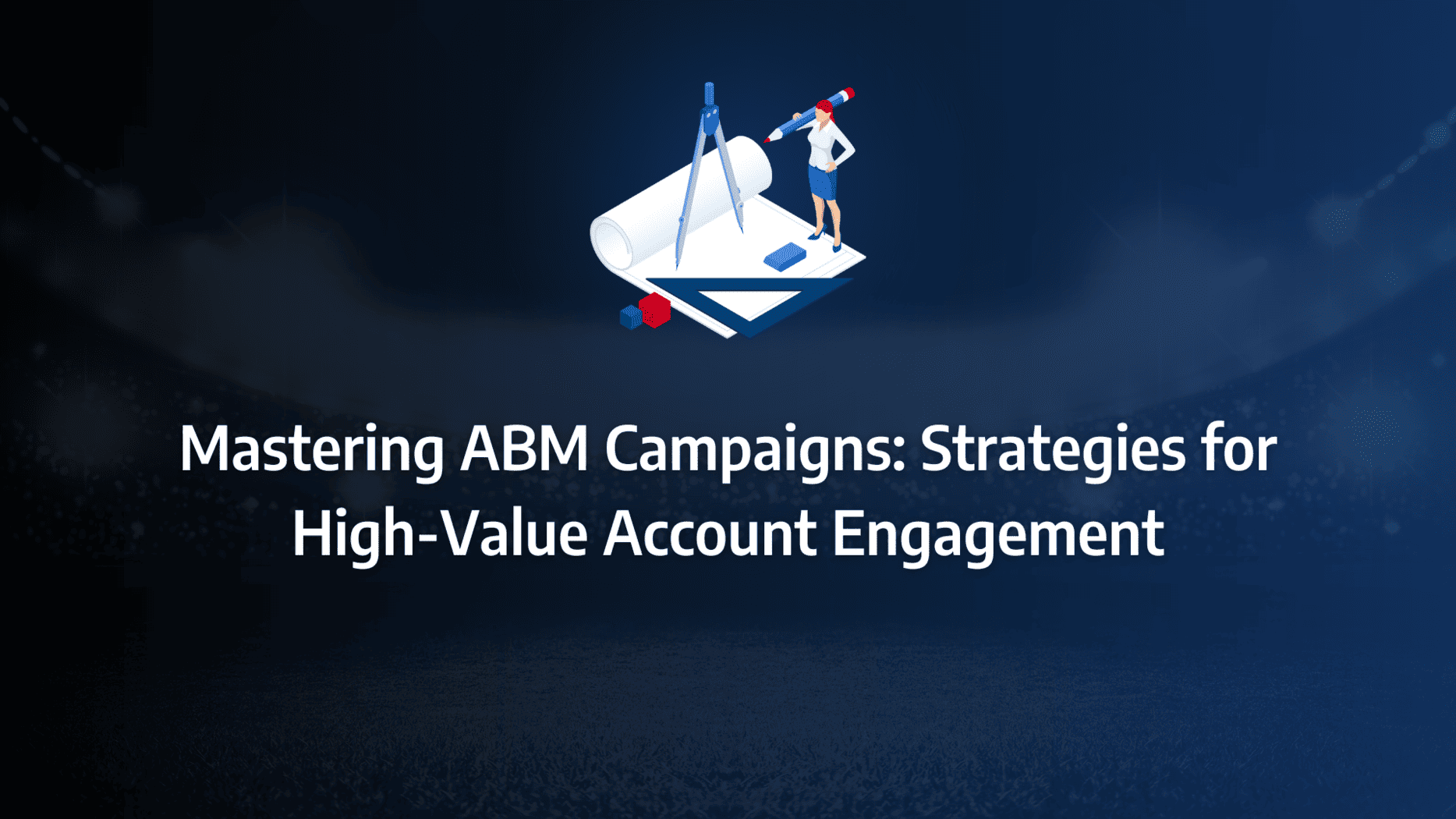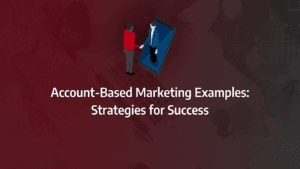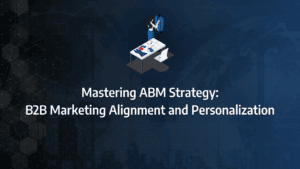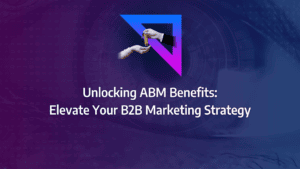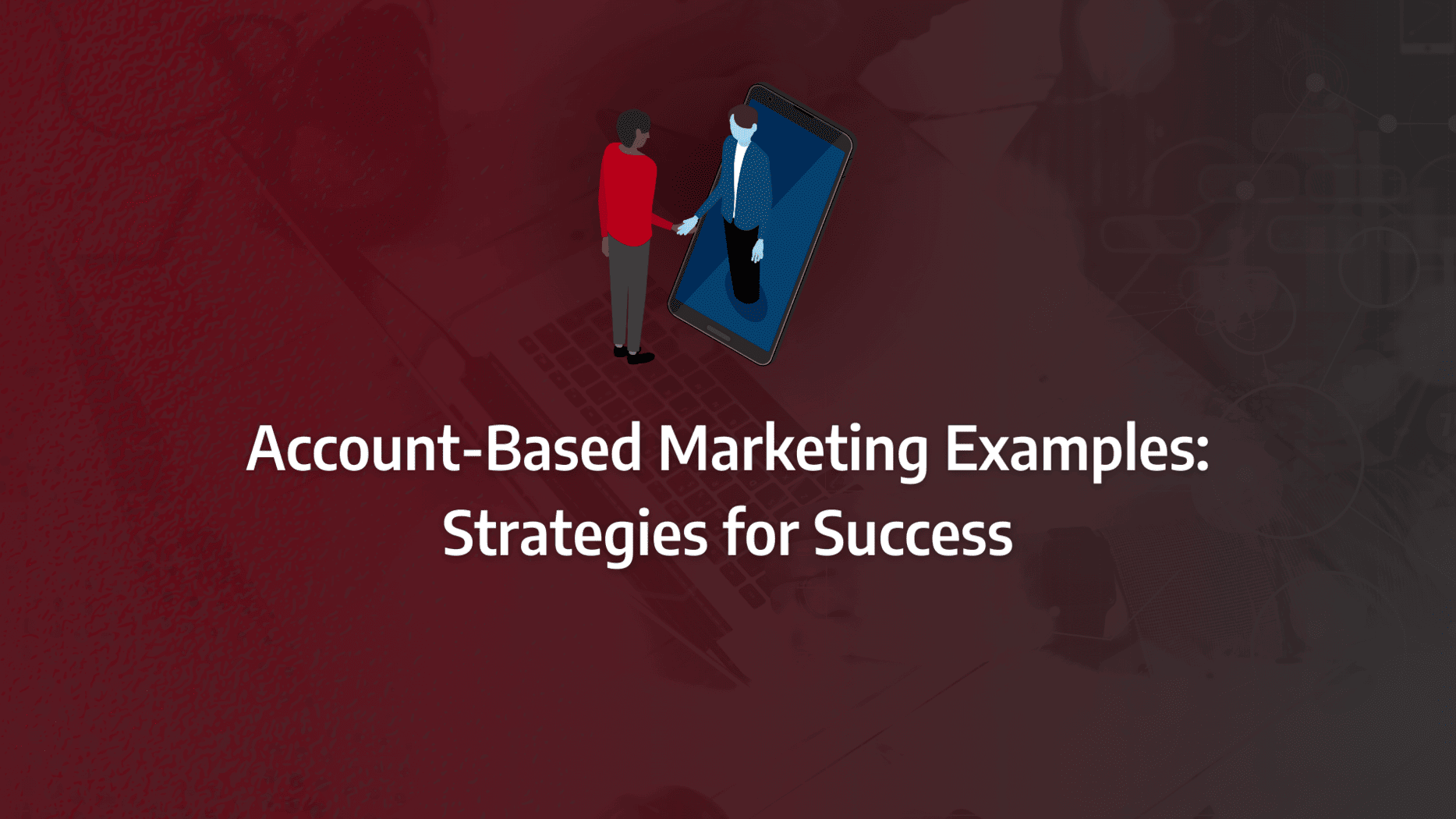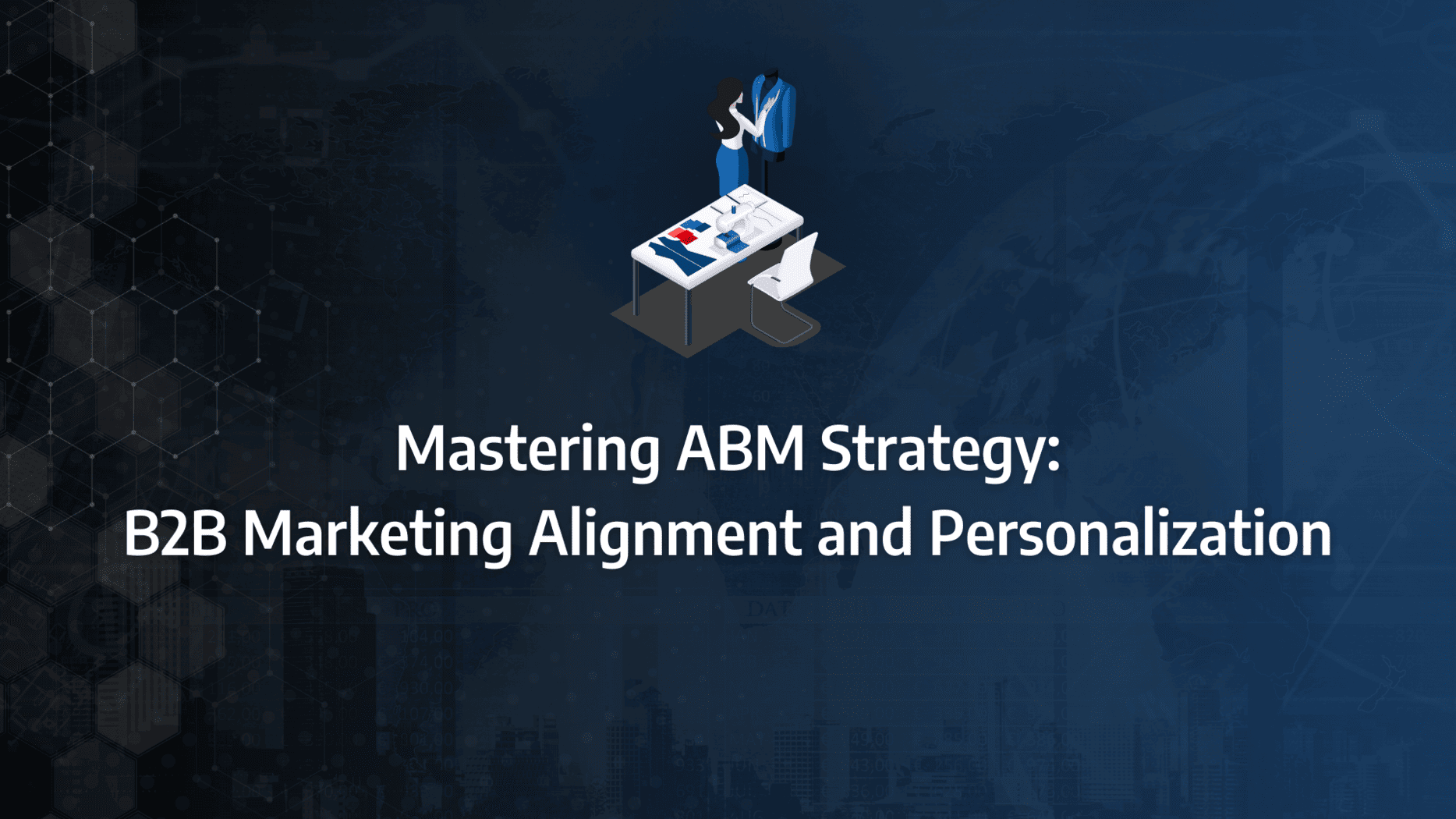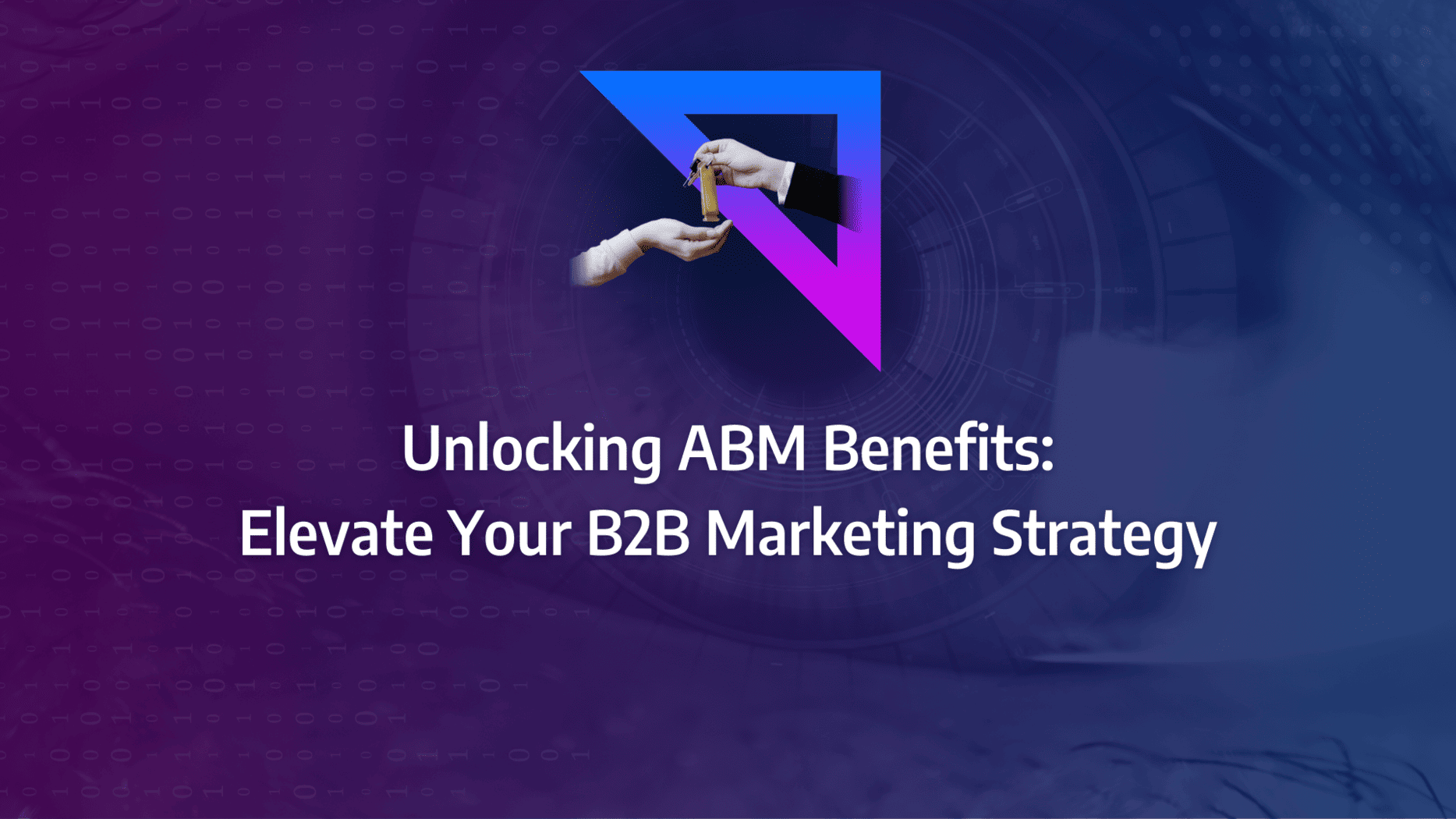In this article, we will explore some of the best examples of ABM campaigns, provide a detailed step-by-step ABM campaign template, and share ten proven methods to enhance your customer lifetime value, web traffic, and more. Our goal is to help you create a robust ABM campaign from start to finish, including building your target account list and identifying in-market buyers.
Understanding ABM Campaigns
Account-Based Marketing (ABM) is a strategic approach that focuses on addressing the needs and pain points of high-value accounts. This is achieved through personalisation and targeted engagement. By marketing to existing customers and promoting cross-selling and upselling, ABM is crucial for retaining valuable accounts and driving sustained business growth.
The Best Examples of ABM Campaigns in Action
ABM campaigns have gained significant popularity. According to a global study by SiriusDecisions, 92% of B2B marketers consider ABM to be ‘extremely’ or ‘very’ important to their marketing efforts. Here are some successful examples of businesses leveraging ABM tactics effectively:
LiveRamp
LiveRamp, an identity resolution provider, utilises a multi-channel account-based marketing approach to connect with their target audience. Their key initiatives include:
- Sales and Marketing Team Alignment: Ensuring both teams work towards common goals.
- Thought Leadership Events: Hosting events that encourage development and education.
- Personalised Content and Messaging: Using targeted email promotions and multi-touch SDR strategies.
- Effective Automation: Streamlining their sales and marketing processes.
LiveRamp focused on creating a targeted list of high-value clients, leading to a 33% increase in conversion rates within four weeks. By replacing broad campaigns with targeted ABM strategies, they saw a 2x increase in previously dormant accounts, a 10x revenue increase in one year, and a 25x increase in customer lifetime value within two years. This targeted approach allowed LiveRamp to successfully coordinate their teams and provide valuable content to their target customers, resulting in numerous meetings with Fortune 500 companies.
RollWorks
RollWorks integrated account-based marketing into their existing marketing strategies, expanding their market reach and directly engaging their target prospects. Their efforts included producing landing pages, display advertisements, and direct mail content tailored to their customers’ needs. Strong coordination between sales and marketing teams was crucial to their success.
One notable RollWorks initiative was their ‘Over-the-Line’ kit, designed to re-engage prospects who had stalled in the sales funnel for over 35 days. This kit included:
- Checklist: A comprehensive guide through the sales process.
- Step-by-Step Guide: Detailed instructions for the next steps.
- Personalised Customer Testimonials: Relevant success stories to build trust.
Another effective strategy was the ‘Door Opener’ kit, which highlighted the benefits of RollWorks’ products and services. This approach tripled the likelihood of booking an appointment, increasing the rate from 2.6% to 10.2%, and boosted closing rates by 41% due to increased brand awareness through social media and direct mail interactions. RollWorks demonstrated the effectiveness of combining ABM with existing marketing initiatives, rather than treating it as a standalone effort.
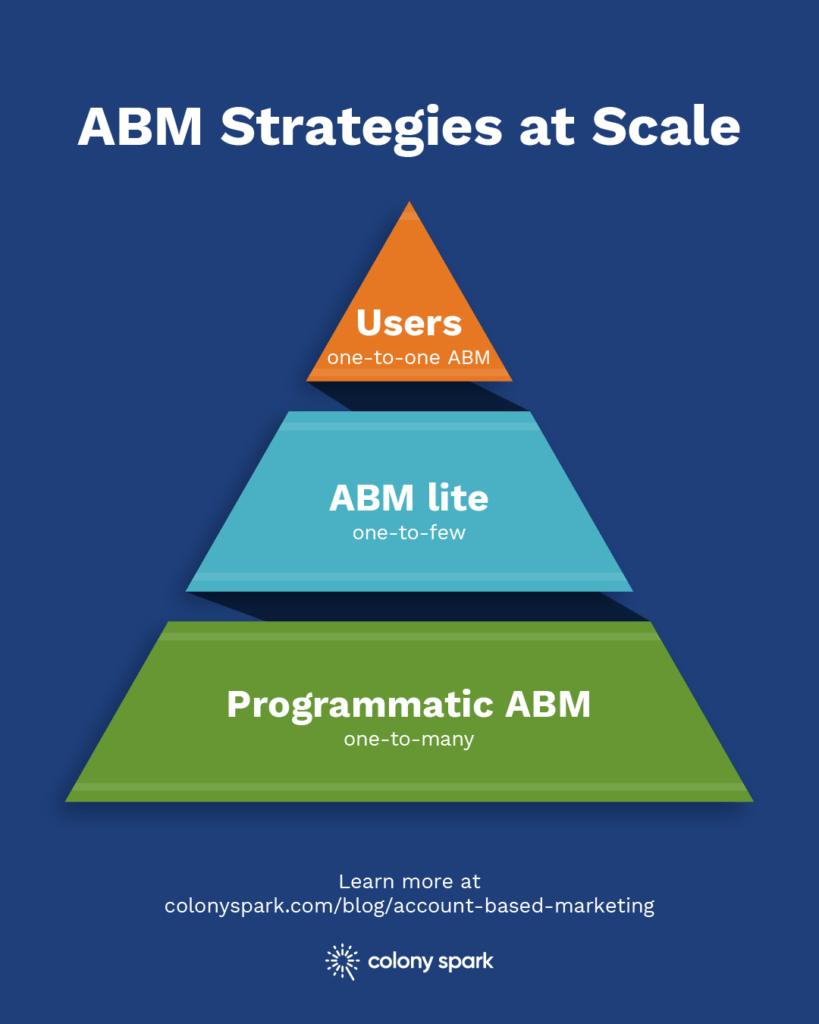
Results-Focused ABM Campaign Template for Lead Generation at Scale
How can you ensure that you are maximising the potential of your ABM campaign? Many businesses leveraging account-based marketing find it challenging to unlock its full potential. If you aim to succeed, it is essential to develop integrated ABM campaigns that address the specific needs and pain points of your target audience.
Here are five fundamental steps to establish a successful ABM campaign:
Step 1: Understanding the Target Audience
Effective ABM campaigns start with a comprehensive list of prospects, partners, and customers. Utilising a target account list, marketing leadership and operations teams can segment prospects based on buying intent, job title, geography, business size, and other relevant criteria.
Within these segments, it is crucial to identify and understand their primary needs, wants, and pain points. This knowledge enables marketing and sales teams to craft engaging content and messages tailored to the ideal customer. Prioritising segments ensures that high-value prospects receive the attention they deserve, enhancing the overall impact of your ABM campaign.
Step 2: Running ABM Programmes
When considering a revamp of their ABM programmes, many businesses fear they must start from scratch. However, this is often unnecessary. Existing programmes can typically be adapted to benefit specific segments on the targeted accounts list. Collaborate with your teams to discover the most effective ways to personalise and optimise these programmes for maximum results.
Step 3: Aligning Marketing and Sales Teams
A crucial element of a successful ABM campaign is the alignment of marketing and sales teams. Both teams must work towards shared goals, deciding which target accounts to engage with and how to measure success. Campaign-specific messages, guides, templates, and feedback mechanisms from target accounts are essential. Addressing this feedback allows for continuous refinement and improvement of the campaign.
Step 4: Measuring Success
To evaluate the success of an ABM programme, an effective measurement method is essential. The marketing team, alongside necessary stakeholders, should establish and communicate these methods. For instance, focusing on a common goal, such as increasing revenue or improving opportunities, simplifies the process. By concentrating on one key metric, it becomes easier to steer your business towards that goal and identify successful or unsuccessful ABM programmes.
Step 5: Scaling with Technology
Regardless of your objectives, the right technology can significantly enhance and scale your ABM efforts. This includes improving coordination between programmes, developing an extensive target account list, or achieving other relevant goals. Technology enables automation, making your ABM engagement more efficient and effective.
This results-focused ABM campaign template is designed to help you generate leads at scale, ensuring that your ABM campaign is both robust and highly effective. By following these steps, you can address the specific needs of your target audience and drive significant business growth.
ABM Campaign Pitfalls to Avoid
Building Your ABM Strategy in Isolation
Marketing can drive demand generation effectively, but for ABM campaigns to succeed, alignment and buy-in from multiple teams are crucial. Without this, you risk targeting the wrong accounts or personas and may encounter resistance from Sales when you funnel inappropriate leads to them.
To avoid this pitfall: Involve Sales and Customer Success teams early in the process to gather input on target companies and personas. Make Sales leadership a strategic partner, as the business development team, which could be under Sales or Marketing, will play a critical role in qualifying and executing the strategy. Salespeople also need to be prepared to manage the qualified accounts generated by ABM campaigns.
Not Understanding the Motivation of Target Personas
A common failure in B2B marketing is assuming that understanding the pain points of target personas will automatically lead them to your product or service. The reality is more nuanced. B2B sales involve individuals who will only engage and purchase if they perceive that your solution will make their lives easier or better. Sometimes, they may prefer the discomfort of the status quo to the effort or risk of change.
To avoid this pitfall: Invest in market and behavioural data to gain deeper insights into what matters to your target personas. Consider interviewing customers or prospects to learn directly why they chose your company and how it improved their daily operations.
Using the Wrong Channels to Engage Target Personas
With numerous channels available to reach your target audience, identifying the most effective ones can be challenging. Many marketing teams rely on familiar channels, leading to suboptimal campaign results or missing the target audience entirely.
To avoid this pitfall: Invest in behavioural data that reveals where your target audience spends their time and what type of content they engage with. This information can guide your decision on whether to invest in short video ads on YouTube or share research studies on LinkedIn, ensuring your content reaches and resonates with the right audience.
Our 10 Best-Practice ABM Campaign Ideas
The following ABM campaign ideas are proven methods for success. They can be used individually or combined to meet the unique needs of your business strategy.
Building Your Target Account List
The primary goal of an ABM campaign is to identify and engage high-value accounts that can benefit from your product or service. Start by listing potential customers, focusing on businesses you have previously worked with that stand to gain the most from what you offer.
Investing in a reliable B2B data service provider can enhance the accuracy of your target account list. They can expand key details and supply a look-alike list, ensuring you always contact key decision makers and optimise your sales efforts.
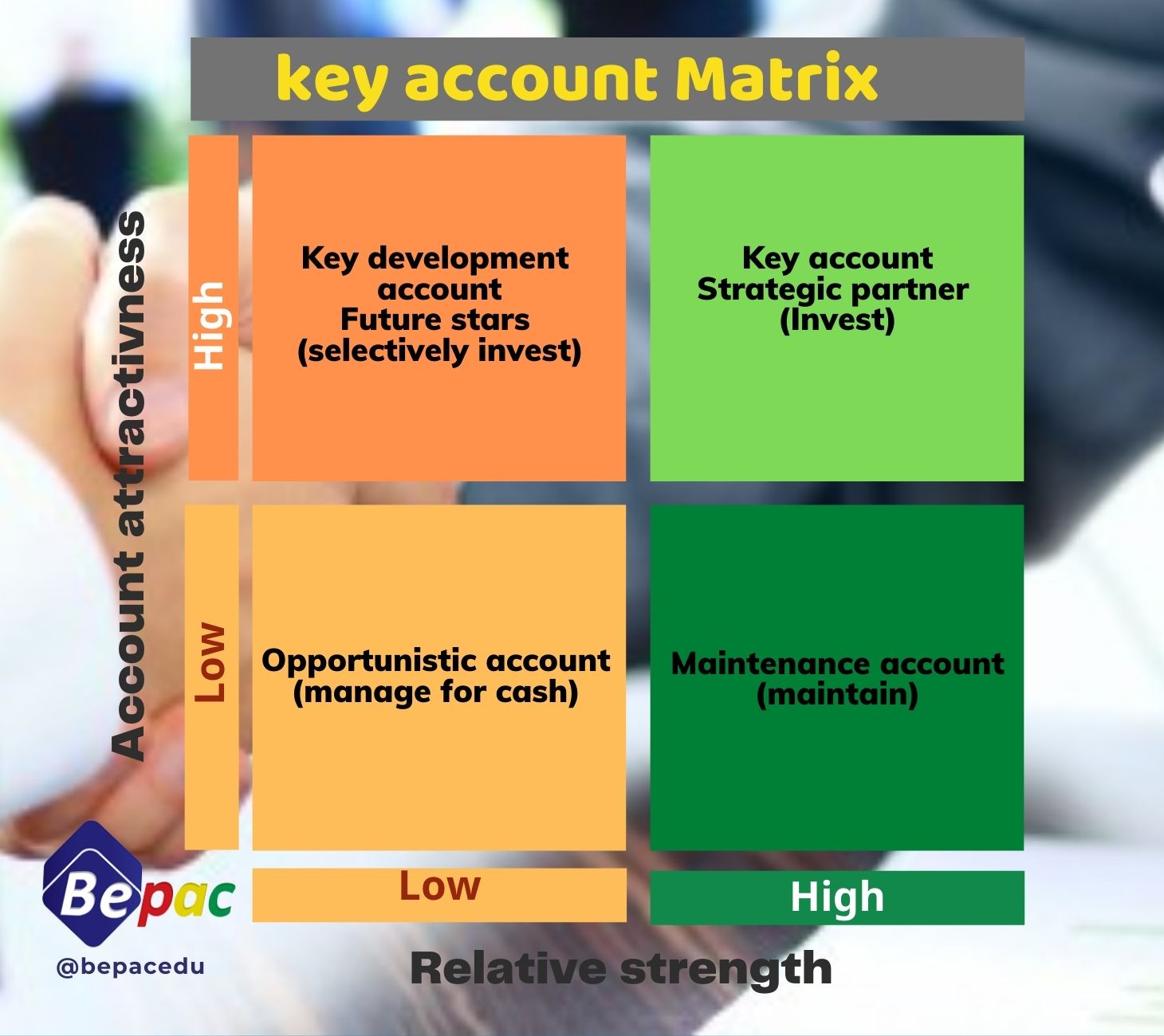
Warming Up Leads with Content Syndication
Content syndication is an excellent method for warming up leads before direct engagement. Use value-packed and relevant content, such as articles, ebooks, and videos, to address the specific pain points and needs of your target leads.
Platforms like social media, email, and SMS can distribute this content at the right time. By analysing interaction, open rates, and responses on these platforms, you can identify key interest points and the most suitable leads for a follow-up call.
Personalising Cold Email Campaigns
While warming up leads is beneficial, a cold approach can still be highly effective. Personalised and targeted emails account for 58% of business revenue. However, generic email blasts often get ignored or marked as spam.
Personalise your emails by addressing the recipient by name, acknowledging their pain points, identifying key problems they face, and offering customised solutions. This approach significantly increases the likelihood of your email resonating with potential customers.
Finding In-Market Buyers with Intent Data
Intent data reveals activities that indicate whether someone is ready to purchase or shows high interest in a specific product or service. This data helps businesses determine a prospect’s level of intent, enabling them to target leads who are likely to buy.
Sources of intent data include:
- Website traffic
- Search engine keyword activity
- Social media interactions
- Off-site activity
- Content consumption
For instance, the number of times a prospect visits a page on your website or the duration of their visit can be a strong indicator of their interest in your product or service.
Intent-Based Advertising
Using intent data, you can customise advertisements to support your ABM campaign. Focus on pain points that drive your ideal customer to seek a solution. This allows you to create targeted ads that speak directly to your audience’s needs.
By presenting your company as the perfect solution to the prospect’s pain point, you are more likely to close deals. Intent data ensures you utilise your budget effectively, positioning your company as the go-to solution for potential customers.
Utilising LinkedIn
LinkedIn is one of the most effective platforms for B2B sales and marketing. As a business-focused platform, LinkedIn supports marketing messages and thought leadership content. Its unique audience segmentation capabilities allow paid promotions to reach the target customer directly.
Leveraging PR for ABM Campaigns
PR Promotion
When advertising your products and services, leveraging positive PR can significantly build trust and credibility. Share positive case studies or highlight awards your business has won. This strategy enhances positive awareness for your business and the solutions you offer, thereby increasing the likelihood of engaging potential customers effectively.
Personalising Content
Surprisingly, only 19% of marketers consistently personalise their content to appeal to B2B brands, despite 74% acknowledging that personalisation improves engagement and 68% seeing a positive ROI impact. Many brands hesitate to adopt personalisation due to uncertainties about its extent and resource demands.
Personalisation goes beyond addressing prospects by name. It involves recognising and responding to the internal questions of your target customers. You can provide a solid foundation for their buying decisions through various channels:
- SMS
- Social Media
- Webinars
- Educational Videos
- Website Content
Creating Content with Complementary Brands
Collaborating with like-minded brands or businesses to create engaging, authoritative guest posts can be mutually beneficial. This approach allows your business to tap into another brand’s audience, offering relevant products and solutions. We recommend partnering with brands that complement your services, covering gaps in larger offerings. Careful discussion of collaboration terms ensures both parties benefit.
Publishing High-Quality Research
Targeting specific accounts through ABM requires demonstrating your value. Providing data-backed products and services can effectively address a target customer’s pain points. Consider using the following content types:
- Ebooks
- Webinars
- Research Material
- How-to Guides
- Whitepapers
These materials showcase your expertise and knowledge in the field. Use case studies to illustrate real-life applications of your products or services, and syndicate this content to reach your target audience.
Conclusion
The application of these ABM campaign ideas will vary based on your goals, budget, and available resources. Start by incorporating a few tactics and adjust based on the outcomes. Employing these strategies will prevent your ABM campaign from becoming stagnant and allow for continuous development as the market evolves.
